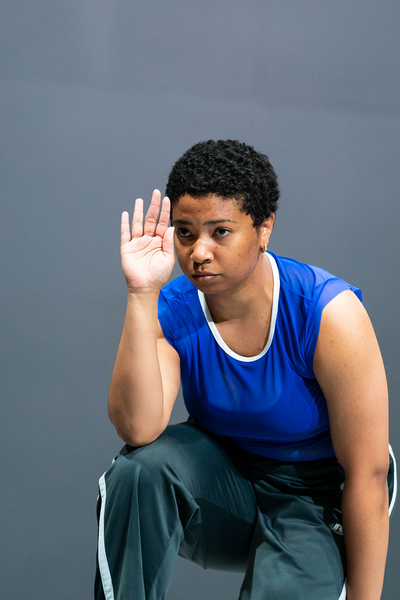Why Critical Somatics?

Central to the formation of avant-garde modern dance practices and poetics in Europe and North America, the so called « somatic methods » gained a growing influence on dance practices throughout the 20th century. These body-mind awareness methods, often pioneered by practitioners close to the world of performing arts (acting, singing, music, dance) formed new approaches to (physical) education, healing and artistic expression. In the 1970’s, somatic methods started entering the mainstream, formal dance training as part of daily regimen and even technique classes and were spread globally. Somatics answered a practical need of dancers to move with more ease and less effort, to improve injury prevention and longevity of practice, and to find new ways of healing. They also helped artistic and ethical goals: bringing more sophistication and nuance to movement, empowering dancers in their singularity, creating conditions for sharing, experimentation and discovery. In the history of Western ideas, somatics were a somewhat dissident movement from the dominant cartesian paradigm. Presented as holistic, experiential, and relational, somatics challenge the body-mind and subject-object dualism and opens to dance practitioners an embodied approach to physical learning.
However, because of their seemingly benevolent ethos and their practical efficiency it is easy to overlook practical and ideological issues at stake in somatic practices and discourses. For example, the Afro-diasporic, Indigenous and Asian somatic lineages are seldom acknowledged. When they are, they are mostly reduced to nameless folklore, while « somatic methods » are named, certified and marketed by mostly White individuals.These largely Eurocentric methods are often perpetuating ideas of a (culturally) homogenous, universal body.
Critical Somatics takes the cue from the emerging field of critical somatic studies, in wanting to critically examine somatic practices and discourses firmly situated in the practical context of professional dance education. The questions asked are explored and researched in the experiential, pedagogical context. Teachers thus examine the possibilities for transformation of the teaching practices. What could change in the syllabus? What cannons and norms current courses may be reproducing? How to historicise and position the practice? How to address somatics as culturally specific and coded practices and connect them with corresponding dance lineages? What are aesthetic and ideological underpinnings of different somatic practices? What approaches are missing in the overall curriculum? Finally, what do we really mean by « somatics » and should we keep using this term?
Teachers-Researches of ECD and associate researches thus examine transformative avenues of their teaching practices. Critical Somatics is part of the continuous effort of ECD to create an innovative and progressive educational context for and with the diverse new generation of dance artists.
Expanded Contemporary DanceExpanded Contemporary Dance (ECD) is a BA program developed by its current director Bojana Bauer and its team of teachers. It started running in 2019 at the Academy of Theatre and Dance (ATD), Amsterdam University of the Arts. ECD is a professional dance education committed to a decentered, decolonial approach to dance, bodies, movement, repertory of practices and choreographic works. The curriculum itself is approached as an ongoing research, developed often in dialogue with the students.
![[Translate to English:] [Translate to English:]](/media/the/_processed_/b/4/csm_SymposiumCitical-Somatics-web_04b2f3a711.jpg)